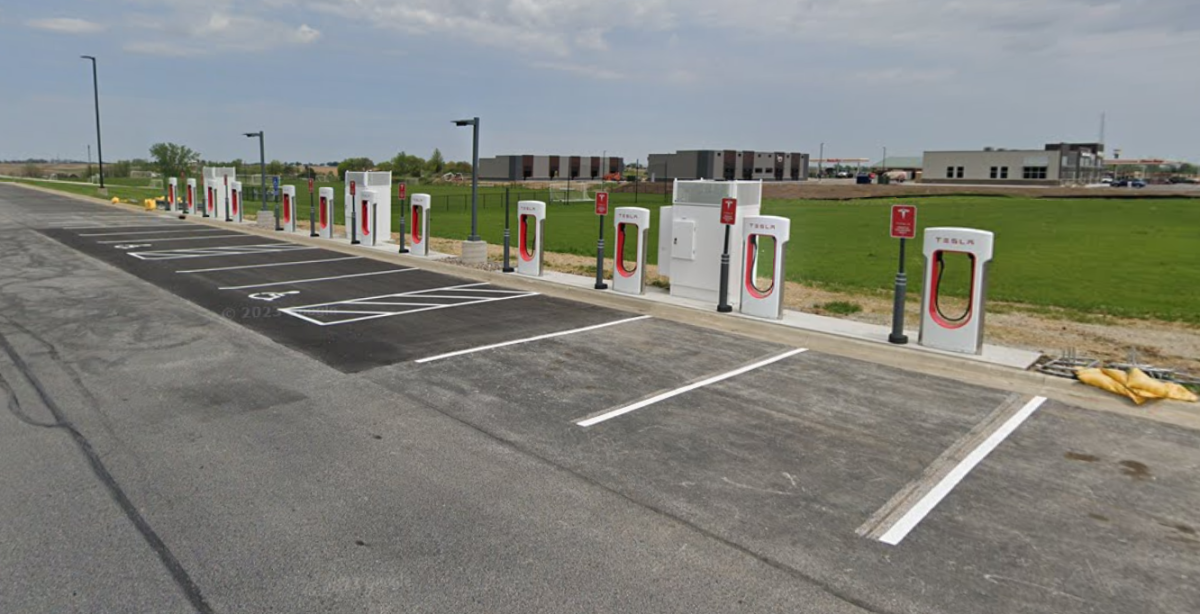In an effort to combat climate change, several companies like Tesla, Chevrolet, Ford, and a variety of others have made electric vehicles (EV’s) to lessen the dependence on oil as a way of fueling transportation.
EV’s not only emit zero emissions, but also offer exceptionally smooth, quiet, and energy-efficient rides. They enhance the user experience and provide an affordable way for consumers to offset their carbon footprint.
However, the recent explosion in EV’s also brings misconceptions about its use that could potentially damage its ability to make a significant impact in reducing climate change.
One of the biggest misconceptions about EV’s is the “fear” that comes from owning an EV; a “battery anxiety” in which owners constantly worry about running out of battery.
While this fear does have valid premises, it is greatly exaggerated. The main concern arises from the scarcity of charging stations across the country. Factually speaking, the average American lives just a couple minutes away from a gas station, whereas the nearest supercharger is 35 miles away.
Contrary to popular belief, there is a substantial network of charging infrastructure already in use. For example, Tesla has over 50,000 charging stations all over the country giving coverage to all 50 states.
This misconception has led potential EV buyers to question the viability of making the switch. In reality, the availability of charging stations is more extensive than commonly thought, making the transition to EV’s not only practical but financially beneficial.
Critics also claim that finding electric charging stations that correctly suit the charging adapter for their car, in addition to the charging time of 30 minutes, make for a very stressful time in planning out long term car trips.
However, Tesla has a range finding service built into cars that can help users find the nearest charging station with ease. AP Calculus Teacher Erik Belby, who currently owns a Tesla, remarked at the efficiency it was able to operate on. “When I am driving from here to Chicago I can probably get there with one charge…but when I am coming home they [the service] will automatically pick a charger for me no problem, ” he commented.
Additionally, the range of EV’s has grown in recent years, topping up at 333 miles with the Tesla Model Three. In fact, Teacher Sara Russell expressed confidence that her car could achieve short-to-medium journeys on just one charge. “I have found that when you use their navigation system [range finding service], I have not never made where I said I could; I have always made it with enough charge left,“ She said.
Navigating rural areas with an electric vehicle can sometimes pose unique challenges, but Russell is confident that this isn’t a limitation for her car. “I do have to plan ahead of time because northeast Iowa, besides Dubuque, does not have any superchargers. When I traveled there last year, I had to take a different vehicle because I didn’t know if I could charge. Ultimately, I did find that they did have chargers sp I probably could have used an adapter. Otherwise, I really haven’t been restricted on where I could go because there were chargers available always, ” she noted.
Additionally, there are several alternatives to charging than superchargers. Many modern electric vehicles come with physical chargers that can be plugged into conventional electrical sockets found in homes. While this approach is not fast in terms of charging speed, it can alleviate the stress of having to always find a new charging station when it comes to charging up a battery.
The rise of electric vehicles represents a commendable stride towards environmental sustainability and reduced fossil fuels. Companies like Tesla, Chevrolet, and others have led this charge, offering up solutions that have zero emissions and are an efficient, cost effective driving experience.
Nonetheless, prevailing misconceptions about EV ownership, especially concerns over charging infrastructure and range anxiety, have hampered the wider implementation of EV’s in markets.
Addressing these concerns is crucial. It is worth noting that technological advancements in range and alternative charging options, like home charging, provide optimal solutions. With increased charging stations and increased battery life, the transition to EV’s will be faster and smoother, promising to revolutionize transport in the name of saving our climate. Through dispelling misbeliefs and investing in ergonomical infrastructure, it is possible that EV’s can pave the way for a clean and sustainable future.









